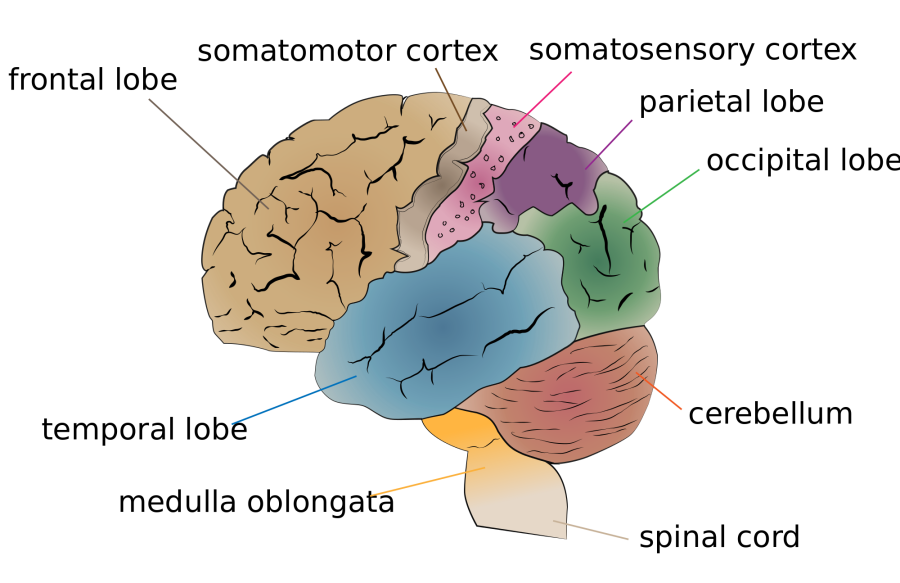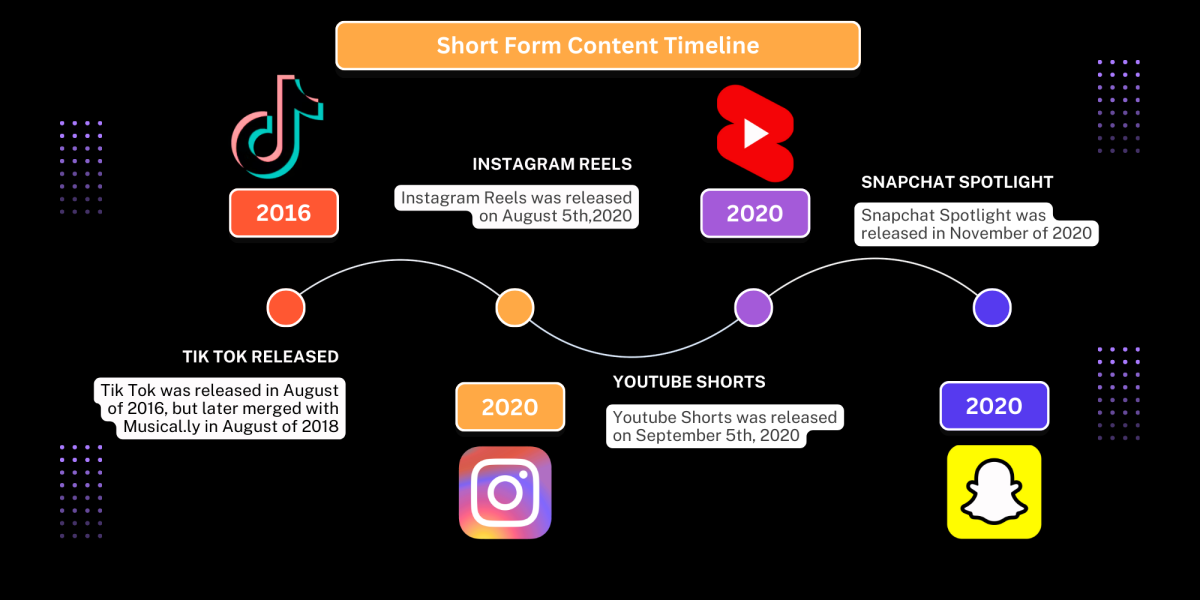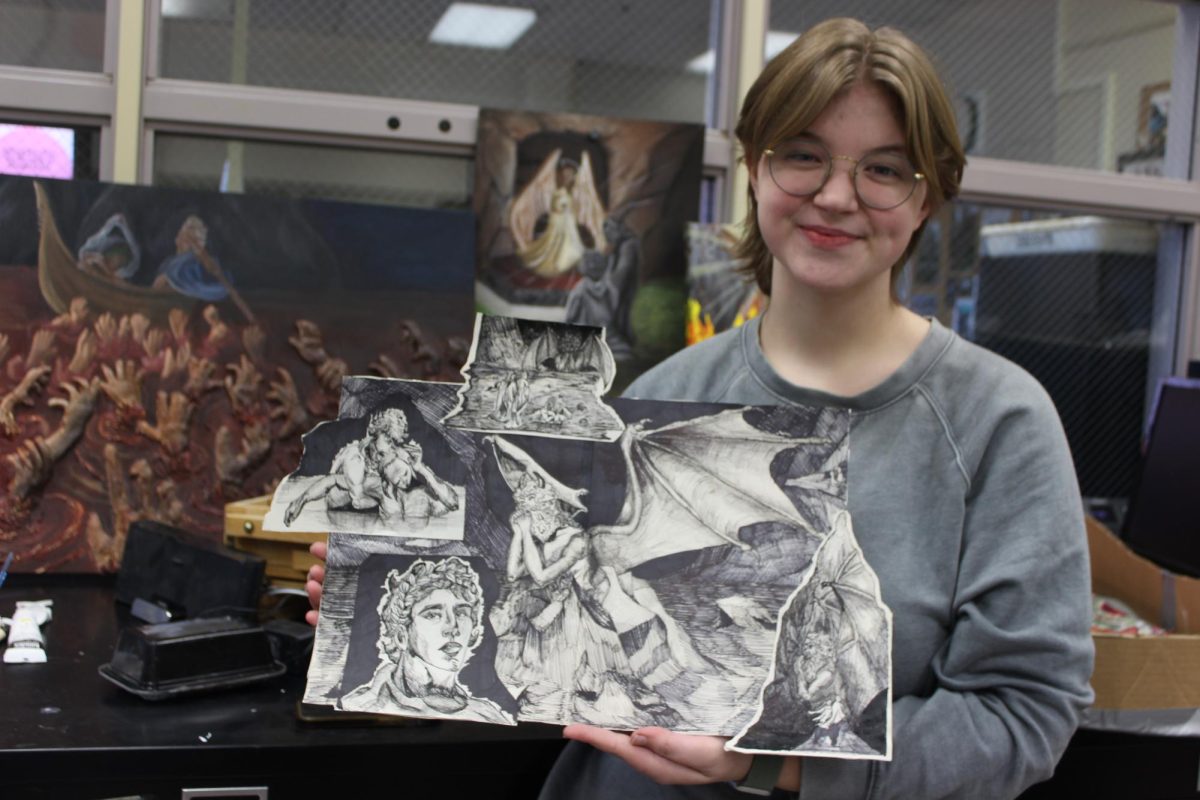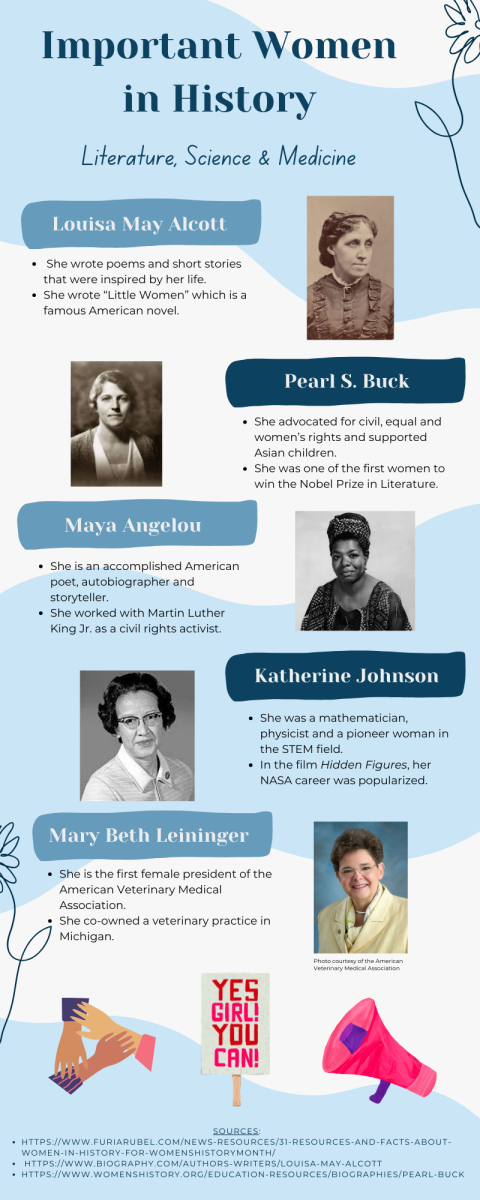In the world today, there are many different types of disabilities that are commonly overlooked by people unaffected by them. However, the people dealing with these disabilities face obstacles everyday, especially in a fast-paced and competitive high school setting such as Libertyville High School.
According to the National Institute of Mental Health, one of the most common disabilities diagnosed among children is Attention Deficit Hyperactivity Disorder, commonly referred to as ADHD. This disorder often continues to affect that child into their teenage years. People with ADHD often have difficulty staying focused and paying attention; difficulty controlling behavior; and hyperactivity.
People often use the disabilities ADHD and ADD interchangeably. However, according to Healthline.com, the term ADD is now an outdated term. There are three types of ADHD: inattentive, hyperactive-impulsive, and combined. Inattentive is what is commonly referred to when someone uses the term ADD. Inattentive is described as having poor concentration and getting distracted easily, hyperactive-impulsive show signs of impatience, and, lastly, combination is a type of ADHD where a person displays a combination of these symptoms.
In order to help battle the obstacles students with disabilities face in a school atmosphere, there are laws put in place to help aid these students.
“There’s something called the Individuals with Disabilities Education Act or IDEA and that whole law guides us as a school as how we have to treat and support students with disabilities,” explained Mrs. Karin Morgan, the head of the Special Services Department at LHS. “They qualify a student having a disability in one of 13 ways. Only some of them are learning, some of them are physical disabilities, some are emotional disabilities, and then you have like vision impairment or hearing impairment..ADHD is not considered a learning disability, it’s what we call an executive functioning disability.”
ADHD manifests itself in a variety of different ways. The Centers for Disease Control and Prevention lists some of the most common symptoms as inattentiveness, hyperactivity, and impulsivity.
“[ADHD] makes me not be able to focus on things and I get distracted really easily. And it’s hard for me to focus on things like school work and really anything. I have trouble sitting still and concentrating on one task,” said sophomore Ben Sutter. Sutter has been diagnosed with ADHD since eighth grade, but said that he was always a “social” and “crazy” kid.
Eileen Rice, another sophomore, said that she also has trouble paying attention in school.
“For example, in math I just kind of daze off and I’m just gone, and I miss everything that’s in the lesson. That’s even when I do take my medicine. It is very hard to focus all the time,” said Rice, who was diagnosed with ADHD in seventh grade.
Rice also happens to be one of the many people with ADHD that takes some sort of medication to calm a variety of symptoms. While the medication is intended to make one or two symptoms go away, it is unlikely that all symptoms will disappear, according to Healthline.com. The Cleveland Clinic recorded that the most common medication taken is some form of a stimulant, the most well-known being Adderall or Ritalin.
These medications are categorized as stimulants, meaning they increase dopamine and norepinephrine levels, which improve concentration and decrease fatigue. Healthline.com stated that while about two-thirds of people with ADHD take medication, others choose not to, and use alternative methods such as therapy, tutoring, or a variety of activities to keep them on task.
As said by the National Institute of Mental Health (NIMH), no one knows the direct causes of ADHD, but researchers have found that the large amount of risk lies in genes. There are several genes linked to the disability, which each play a small role in the disorder. This held true in senior Griffin Bruns’s case.
“[ADD] was something that ran in the family, so we kind of knew that it might need to be tested. We went and found out in fourth grade, and I was diagnosed with ADD,” said Bruns. Bruns has been diagnosed for 10 years now.
However, it is entirely possible for a child to be diagnosed with ADHD without their parents having it, like in sophomore Rachael Thomas’s case.
“I’ve always been really side-tracked, and I always get pretty distracted. In sixth grade, my math teacher told me that her son had ADD and that she thought I had it too. She talked to my parents about getting tested and it turned out I had it, so I’ve been taking things differently ever since,” said Thomas.
To assist kids with ADHD, LHS offers different programs designed to help these students function better in the school setting. These programs are used to help determine what sort of accommodations they might need in a classroom. There are hundreds of accommodation possibilities, including extra time to take a test, a quiet setting, and the ability to move around during class.
“Students a lot of times have a hard time getting used to the accommodations, not because they’re not as smart, but because their brain literally just works in a different way. Our department teaches that accommodations are meant to level the playing field, not to give you an advantage, which is hard for a lot of students, especially if it starts in high school,” Mrs. Morgan said.
In addition to this hesitation to use accommodations, many students have not taken part in programs like these since elementary and middle school because of their adjustment to the fast-paced environment of high school.
“I think [needing extra time] was more of a grade school thing. I think I kind of grew out of it, but yeah, when I was in grade school…I had to take an extra 20 or 30 minutes, but getting into high school, I learned to adapt,” Bruns said.
In society today, ADHD is very prevalent and is often times overlooked. However, it’s important to note that it is a significant disability, one that impacts the affected people greatly.
“I would say ADHD is a very common four letters, not many people can’t tell you what it means, but at the same time, hopefully what you’re finding is that it is so much bigger,” Mrs. Morgan said. “People will use the term very loosely when in reality, it is an actual diagnosis and it does have an actual impact.”








